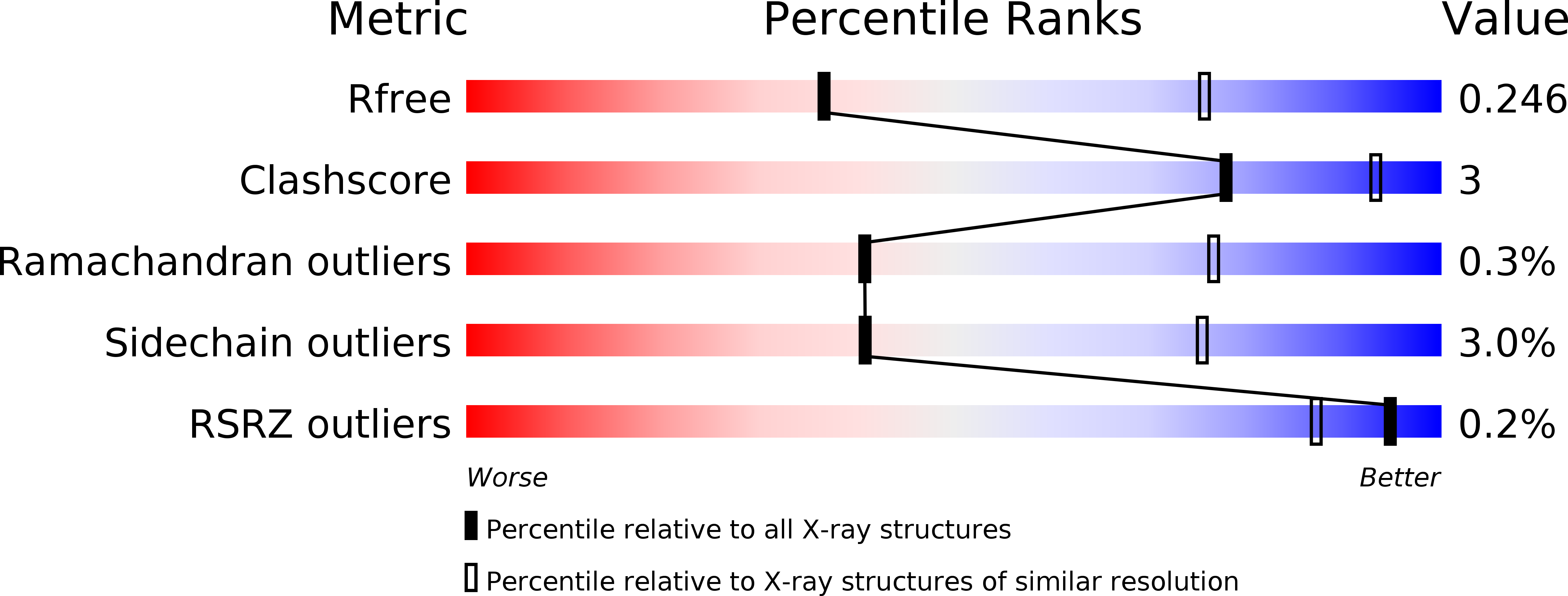
Deposition Date
2016-01-14
Release Date
2016-09-21
Last Version Date
2024-01-10
Entry Detail
Biological Source:
Source Organism:
Caldalkalibacillus thermarum TA2.A1 (Taxon ID: 986075)
Host Organism:
Method Details:
Experimental Method:
Resolution:
3.00 Å
R-Value Free:
0.24
R-Value Work:
0.20
R-Value Observed:
0.20
Space Group:
P 1 21 1


